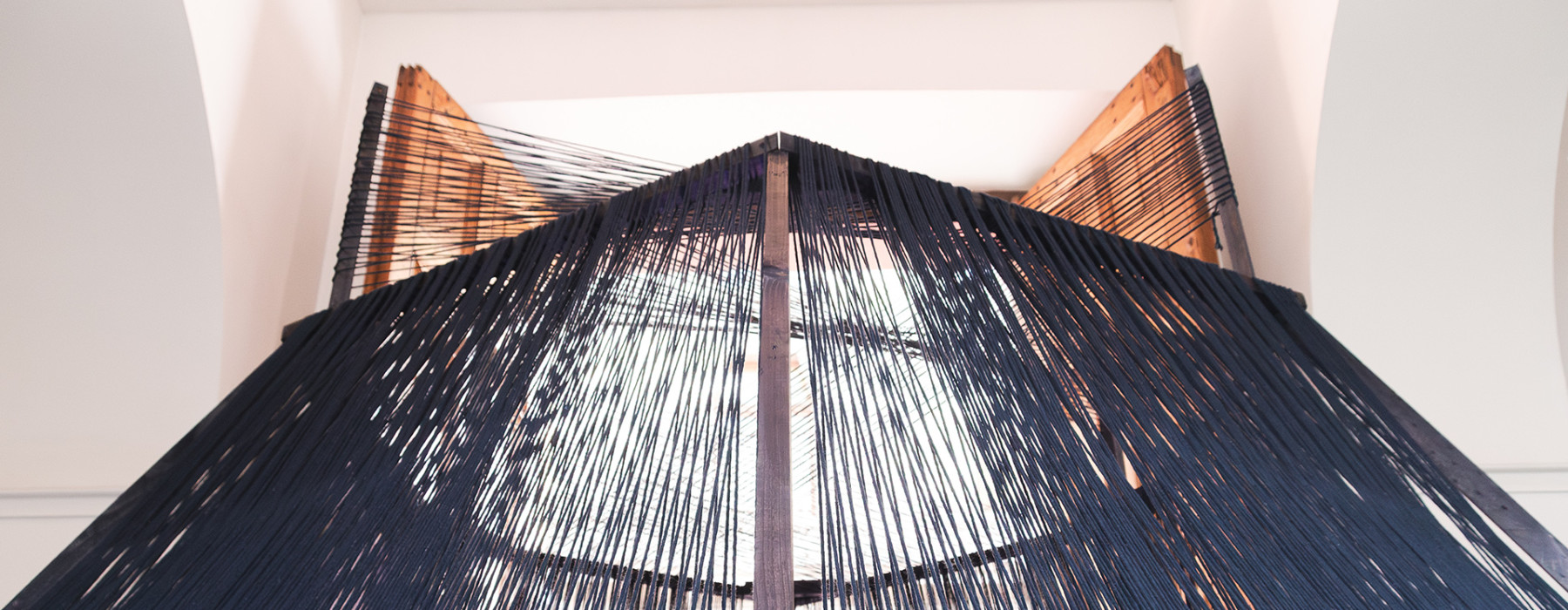
For many indigenous peoples around the world, such as the Mapuche of South America, dreaming is not a personal or isolated experience. Rather, dreaming connects us to memories, to our territory and to the future we want to create. Dreaming is a way to access knowledge and interact with our world in a different way.
From 8 November, the Mapuche collective EPEW and the Mapuche Foundation Netherlands (FOLIL) will present the art installation Fillke Pewma (Dreams). Fillke Pewma is a wood and textile module inspired by the Mapuche ruka (house) and working with photographs from the museum’s collection, taken during the colonization of Indigenous territories. Through collective workshops around weaving and cyanotype printing, these images will be transformed into drem landscapes — new visual pathways that invite us to reinterpret our reality and connect with ancestral knowledge.
The installation will be placed in the MIZUA side gallery and will include a space where visitors, inspired by these transformed images, can share their own dreams for the future.
In addition, the program features a talk on the relationship between photography, textiles, reparation, and reciprocity, as well as a workshop on Mapuche textile techniques. Registration will be possible soon on this page.
The installation will be accessible during regular museum hours. Participation in the talk and workshop requires registration.
Program made possible through the collaboration of Wereldmuseum Leiden with Sheffield University, FOLIL, Epew Collective, Kaikoesie Foundation & Inheems Kennis Centrum (IKC).